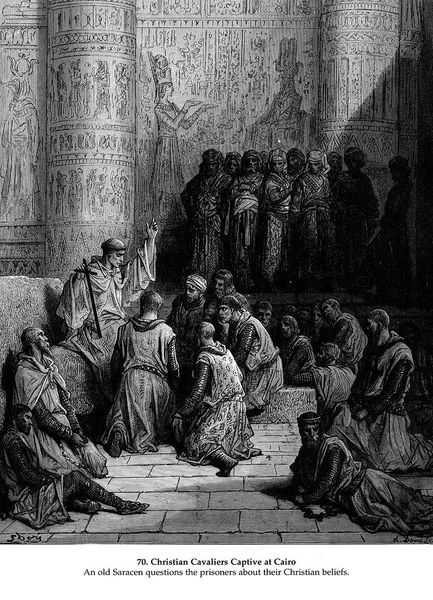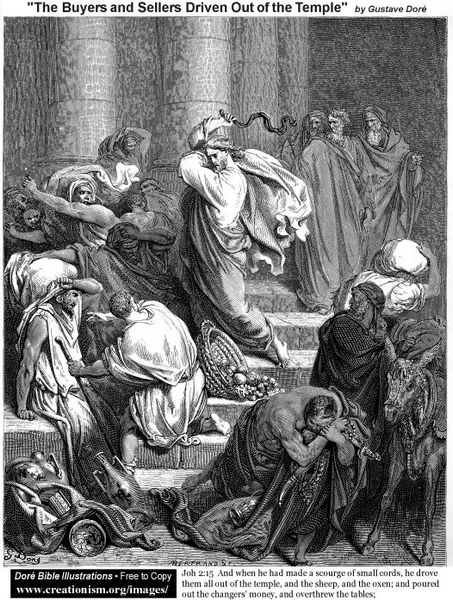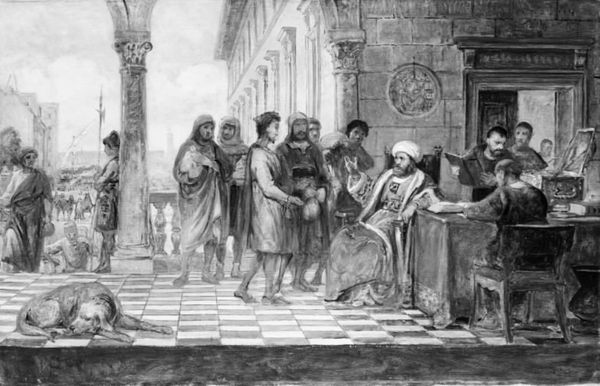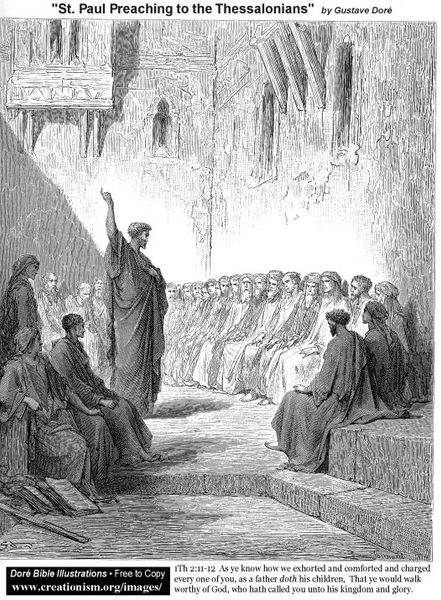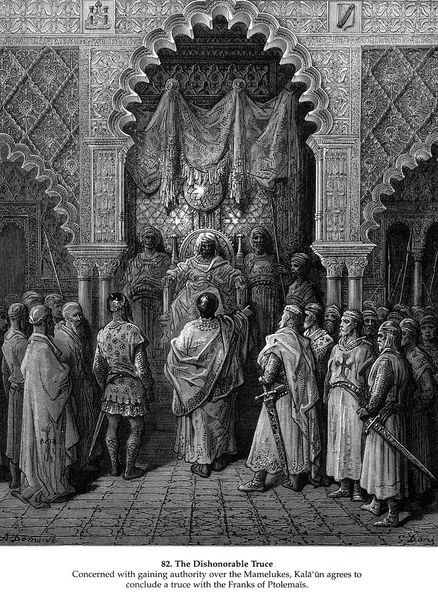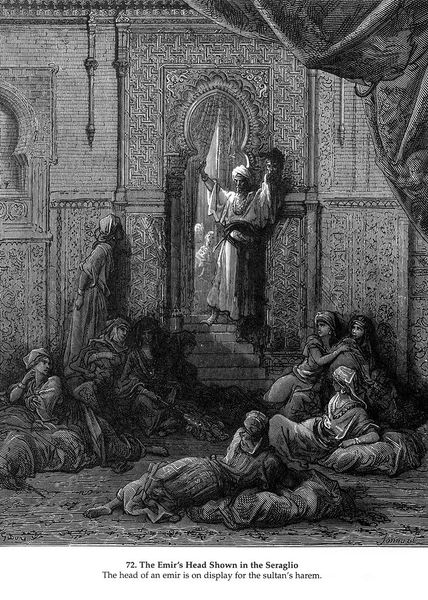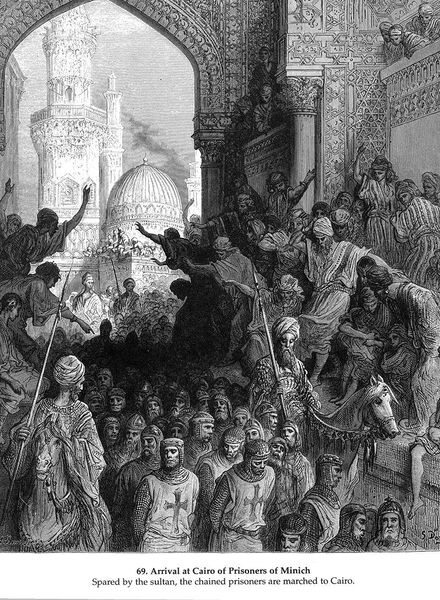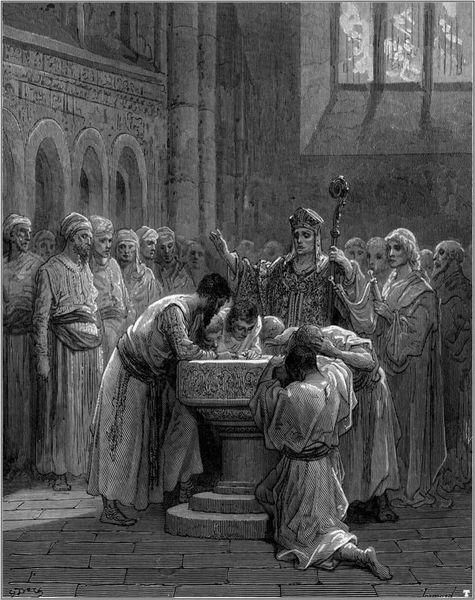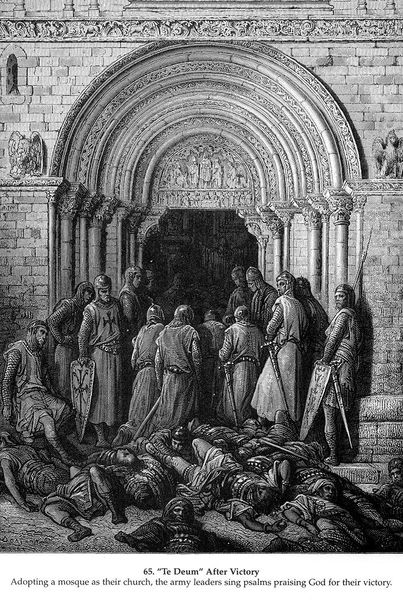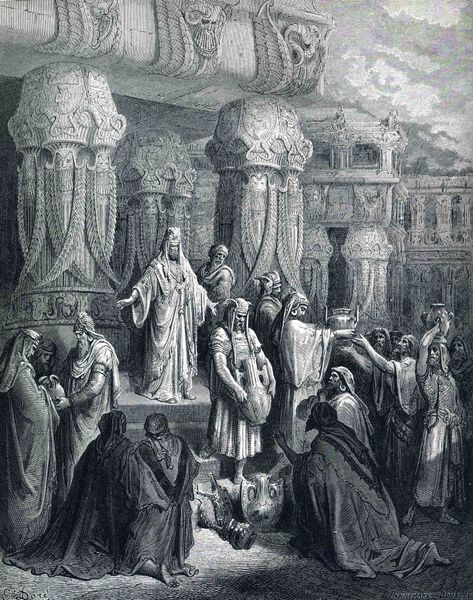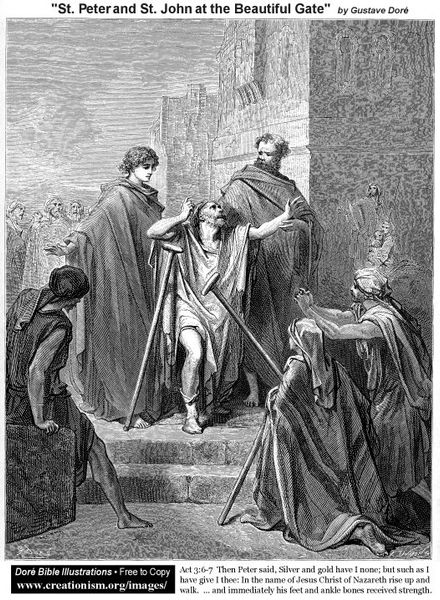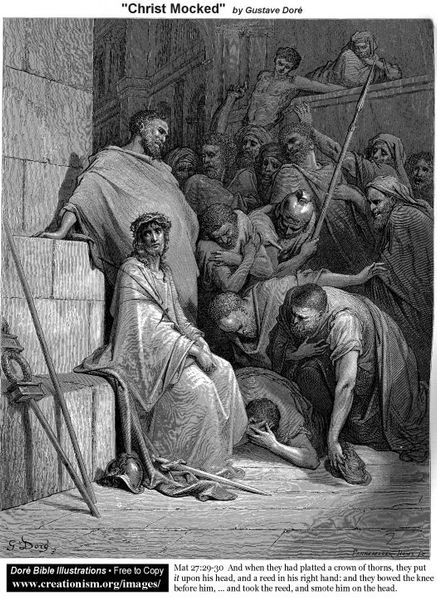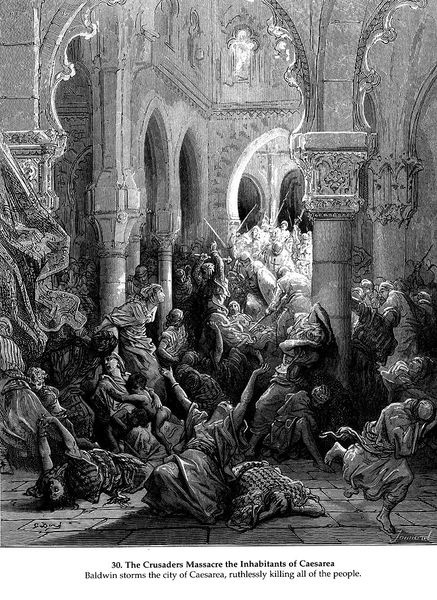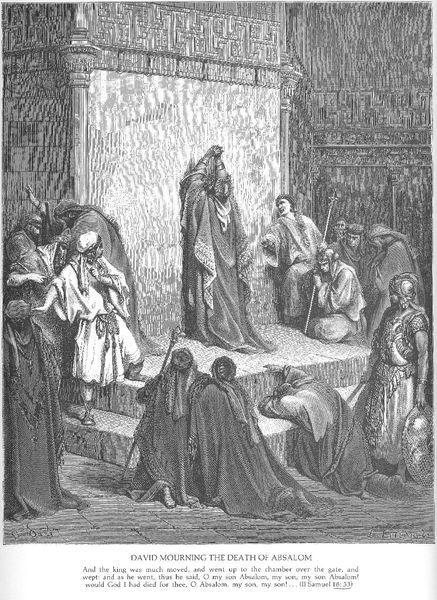
drawing, photography, ink, charcoal, engraving
#
drawing
#
medieval
#
narrative-art
#
war
#
holy-places
#
charcoal drawing
#
figuration
#
charcoal art
#
photography
#
ink
#
islamic-art
#
genre-painting
#
charcoal
#
history-painting
#
charcoal
#
engraving
Copyright: Public domain
Curator: Looking at "The Captives" by Gustave Doré, I'm struck by how powerfully it conveys a sense of injustice. It feels immediately oppressive, doesn’t it? Editor: Oppressive is a good word for it. All that heavy detail—it suffocates. I am always captivated by Dore's approach to symbol. Here we see a grand scene of human exploitation rendered through very specific, carefully chosen visual components. Curator: This scene depicts a sale of enslaved people by Sultan Baibars following the capture of Antioch. Considering the context of historical Orientalism, do you find Dore’s depiction reinforcing certain stereotypes or offering a more nuanced perspective? Editor: That’s where it gets thorny. On one hand, there's the orientalist lens of 19th-century Europe, with its power dynamics of depicting the "other." Yet, look closer. He depicts not only Muslim captors, but helpless Christian subjects. I think Dore used this subject to protest power abuse of all kinds. Look how all the human figures point inward: to their own destruction, greed, or hopelessness. It reads like a criticism of unchecked authority, regardless of religious or cultural label. Curator: I'm interested in how he uses architectural details to signify power, both real and aspirational. The intricate arabesque patterns contrast sharply with the stark, exposed bodies of the captives, perhaps highlighting the captors' civilization versus what they perceive as the captives' lack of it. Editor: And what of those architectural details themselves? Those arches and repeated geometries represent to Dore's European audience a specifically Muslim cultural lexicon that serves, in that era, as an indicator of something that's both rich and something that is potentially cruel. Dore has carefully balanced symbols here to keep people thinking, questioning, never fully accepting his interpretation as fact. Curator: Thinking about today's lens, "The Captives" brings into focus questions of cultural representation and the ongoing relevance of historical injustices. The conversation extends to the exploitation of marginalized communities even now. Editor: Absolutely. And this work shows us the long, brutal through-lines connecting past to present. The emotional weight of the historical oppression—of bodies treated as objects, lands considered spoils, cultures demeaned for domination. These elements continue to vibrate into today's realities.
Comments
No comments
Be the first to comment and join the conversation on the ultimate creative platform.
